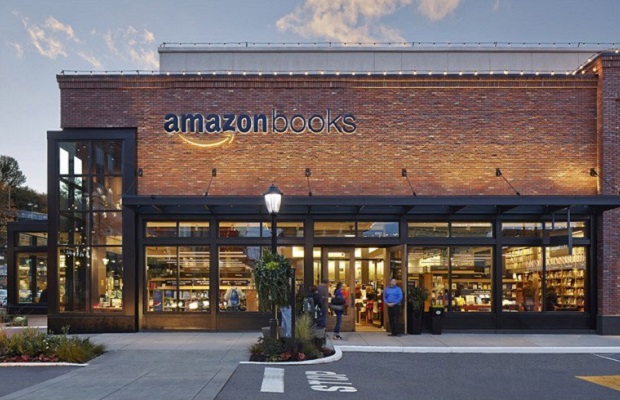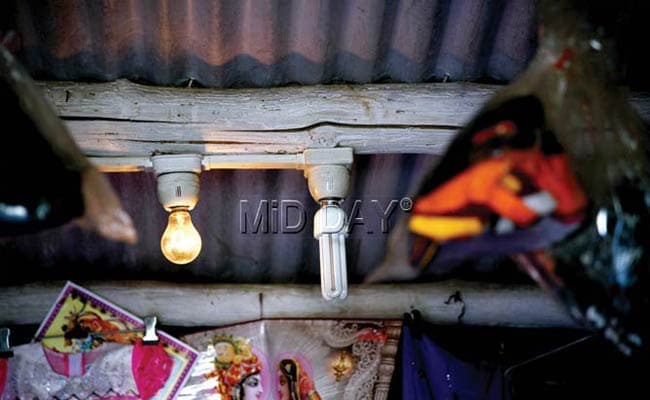
Here’s a little digital marketing heresy you won’t hear very often: Sometimes the newest, freshest content isn’t the best (ducking to avoid rotten tomatoes hurled by my SEO friends).
Sometimes last year’s (and even older) content can be new again — if you have existing, quality content to pull from and you know how to use it.
As you plan your 2016 marketing strategy, analyze your website’s performance, particularly blog posts and articles, to uncover content to rejuvenate. Updating and republishing your best and most successful pieces as a part of your content strategy can reduce your marketing costs and bring you more quality traffic and leads.
Historical Optimization
Historical optimization is just a $10 term for updating and republishing your existing content so it is fresh and up to date. While it may feel like cheating, according to Rand Fishkin of Moz, Google often rewards republished content with higher rankings.
Blog articles and other content with perfectly accurate and valid information often lose credibility with the search engines and with readers simply because the posts were published a couple years ago. Once republished with a current date and a few updates, these proven topics have the potential to generate even more traffic and conversions than they originally did — at a fraction of the cost.
Judging Your Content
Good analytics will provide objective, measurable results you can use to gauge which pieces of content are right for historical optimization. Take inventory of which blog posts attract the most visitors and which generate the most leads — hint: they may not necessarily be the same blog posts.
Then start digging into what changes you could make to the posts more relevant and current. The changes don’t need to be extensive: Improve your image game, write a better headline, or optimize for any relevant, new keywords you have added to your keyword strategy.
Conversion Tips
You ideally want blog posts that attract high page views and high conversions. Then again, those aren’t the blog posts you have to worry about.
Opportunities for historical optimization usually lie with posts that have high traffic and low conversions or low traffic but an awesome conversion rates. This is where the most potential exists.
For example, if you have a blog post with high traffic but low conversions, this may be an indication that your conversion path is misaligned. You may want to change the call to action or landing page, or perhaps rewrite your meta descriptions.
For older posts with low page views but high conversion rates, you may want to attract more page views with better headlines or keyword optimization strategy.
Look at every facet of the reader’s journey to decipher why the post isn’t performing as intended.
Up Your Promotion Game
Perhaps you’ve been blogging for years but only recently started promoting your content on your social media platforms. If you feel strongly about the blog article’s potential, you may want to try a more aggressive promotion strategy — social media or paid ads — to see if you can draw more traffic that way.
Historical optimization should be only one tactic in your content marketing strategy, but it can be a powerful tool. As consumers and search engines continue to find new and innovative ways to block poor quality content, capitalizing on your proven winners and creating helpful, new content will set you up for marketing success in the future.
Credits :

















